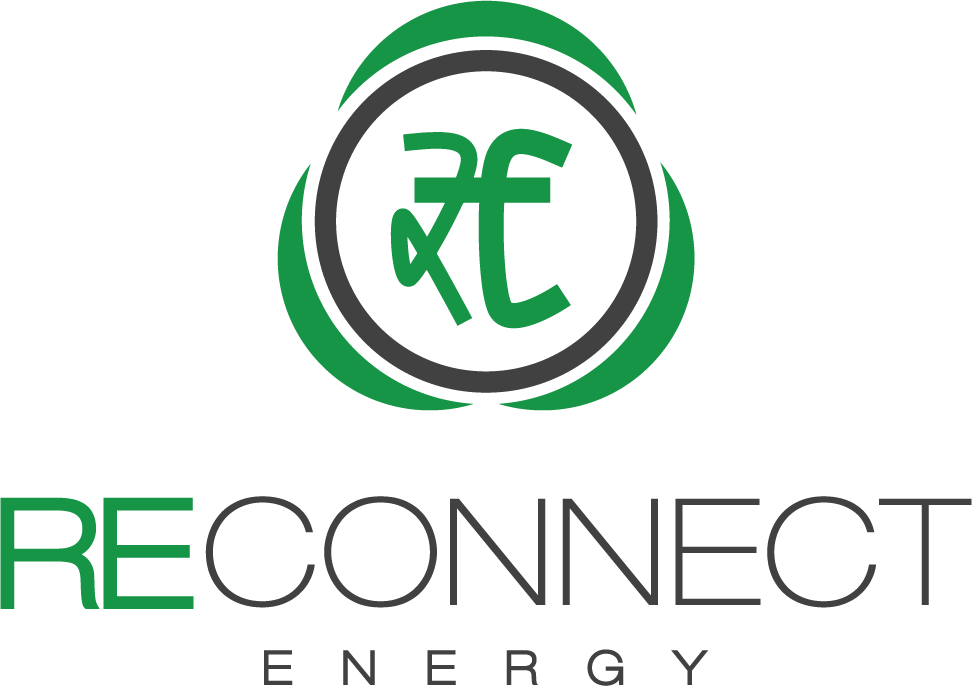Demand Side participation in REC Mechanism
In the REC Mechanism , obligated entities like distribution licensees, open access consumers and captive consumers having Renewable Purchase Obligation (RPO), need to buy either physical renewable energy or REC to meet RPO compliance. This provision would ensure that obligated entities that are not able to procure physical renewable energy, would purchase RECs to avoid penalty. Even though, the regulatory provision has been provided for mandatory RPO compliance, as the provision being enforced for the first time in India, a question on every stakeholder’s mind is
“Who will actually buy RECs?”
With the RPO being enforced, it is anticipated that only distribution licensees would contribute in bringing demand for RECs in the market. However, we believe that in the initial years, they would not be the only significant buyers of RECs in the market place. This is mainly because they already buy a significant volume of green power under preferential tariffs. Further, the revised RPOs set by various SERCs are set up in such a way that the net shortfall of renewable energy for a distribution licensee to meet its RPO would very minimal.
The below section discusses about the demand side participation from Distribution Licensees, Open Access Consumers and Captive Consumers for REC Mechanism.
Demand from Distribution Licensee: As mentioned above, RPOs set by various state regulatory commissions are set considering the present available renewable energy within state, actual quantum available to distribution licensees to meet their RPO and the new renewable energy generation anticipated. The new target given for RPO next year is usually marginally higher than the actual quantum available. Hence, if RPO is to be met by distribution licensee completely, they may require to purchase that marginal shortfall in form of REC to avoid penalty. This very fact will bring in some demand side volume in REC market. Even though the volume from each distribution licensee may not be very high, being operating a gigantic grid size, even a small percentage of shortfall in RPO would generate good amount of buy side volume in market.
The classic example to justify the same could be – Maharashtra. Maharashtra state is a about 18,000 MW Grid and RPO for the present financial year i.e., 2010-11 is fixed at 6%. If Maharashtra faces a shortfall of just 1% in their RPO (hypothetical figure taken for analysis purpose only), actual demand in form of REC that may arise from the scenario would be about 180 MW. Considering low PLFs of renewable generators, this could satisfy REC supply of about 350-450 MW of renewable energy equivalent (assuming average PLF of 40-50 %). Hence, it can be envisaged that even though the deficit may be marginal, demand side participation from DISCOMs would be sizable considering the large size of electricity grid they are managing.
Demand from Open Access Consumers: Leaving apart distribution licensees, inter-state open access consumer segment largely comprises of consumers purchasing electricity directly from Power Exchanges. This consumer segment has been developed recently and represents a very small capacity of less than 1% (approximately) compared to the over all transactions that are being carried out under short-term inter-state open access.
The another segment under open access regime that could bring some demand for REC would be the consumers availing intra-state open-accesswithin state. However, like inter-state open-access consumers, intra-state open-access segment is also very small and slowly developing, demand side participation for RECs from these segments would be very small.
Demand from Captive Consumers: Captive consumers, consuming electricity from their own Captive Power Plants (CPPs) are also mandated to purchase physical green energy or REC to meet the compliance. In India, many electricity intensive industries like Cement, Steel, Ferro Alloys, Paper & Pulp etc., are operating their own power plants run by either thermal generation or generation from other resources including renewable energy. This segment of consumers represents a fairly large capacity and are likely to contribute good volumes in REC from buy side.

